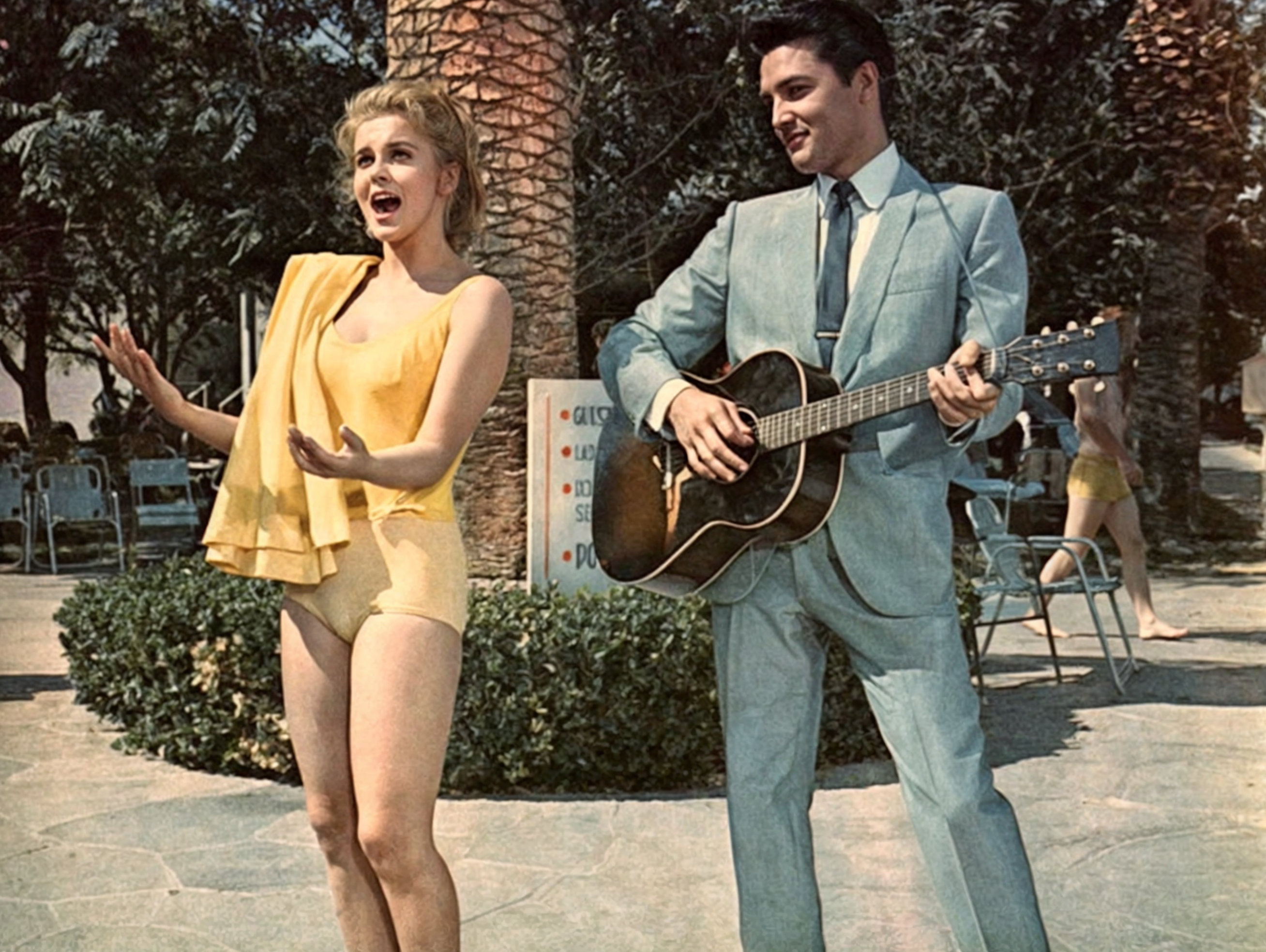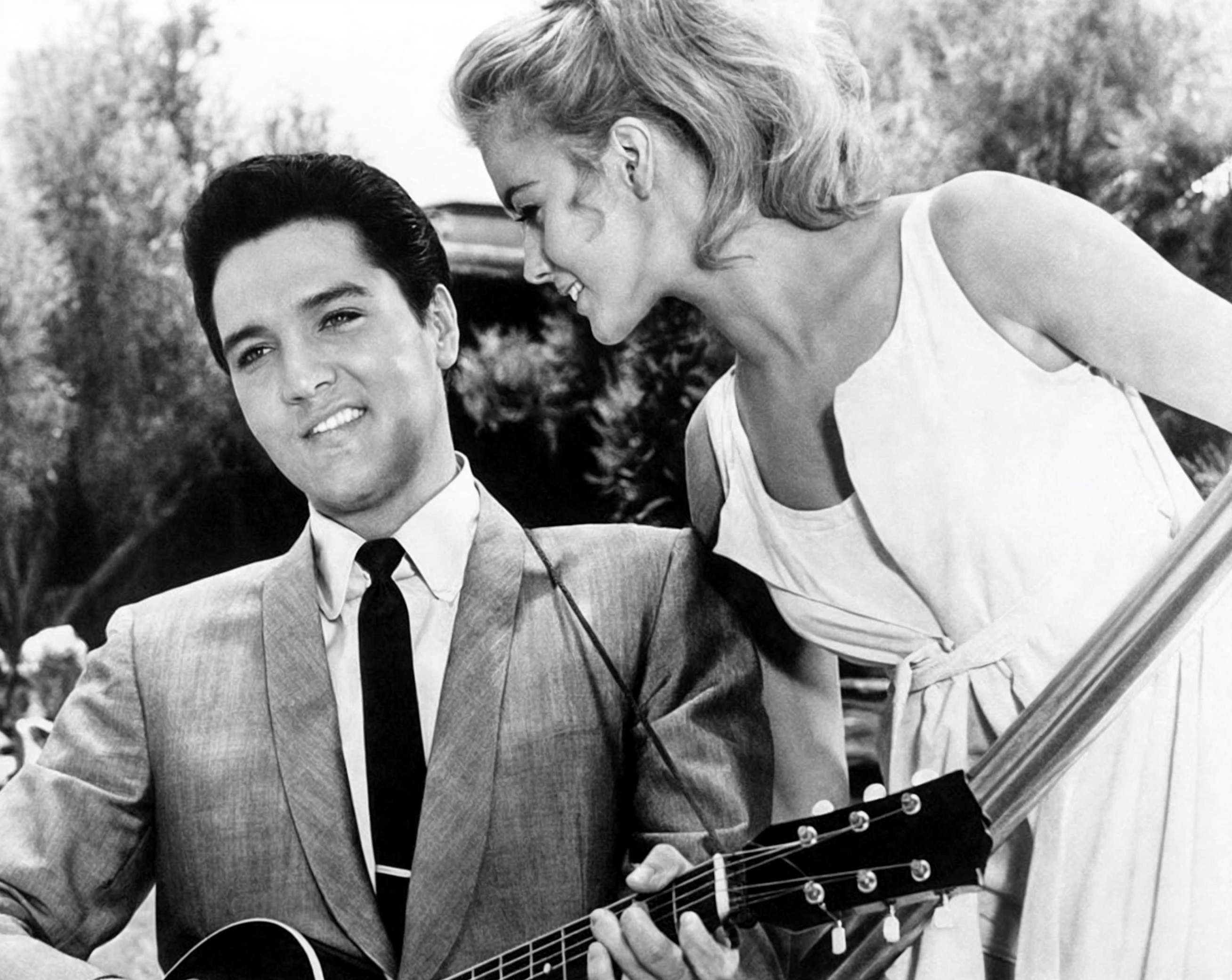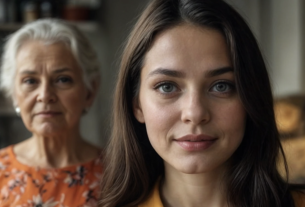Viva Las Vegas: Behind the Glitz, Glamour, and Mistakes You May Have Missed
Elvis Presley remains an American icon whose charisma and talent are impossible to replicate. His electrifying chemistry with Ann-Margret in the 1964 film Viva Las Vegas lit up the screen, especially during their playful duet, “The Lady Loves Me.” While the film was a landmark in both their careers, it wasn’t without its share of bloopers, behind-the-scenes stories, and fascinating trivia. Let’s take a closer look at this cinematic gem, including details you might have missed!
A Landmark in Elvis’ Career
Viva Las Vegas became the highest-grossing film of Elvis Presley’s career, surpassing even Blue Hawaii by $450,000. For years, many assumed Blue Hawaii was Elvis’ most successful film, but Viva Las Vegas took the crown, cementing itself as his box office jewel. Despite its relatively short runtime of just 85 minutes—the shortest of Elvis’ 31 films—it left an enduring legacy.

Elvis starred as Lucky Jackson, a determined race car driver aiming for victory in Las Vegas, while Ann-Margret played Rusty Martin, a vivacious dancer who captures Lucky’s heart. The chemistry between the leads was palpable, both on and off-screen, contributing significantly to the film’s success.
Chemistry That Sparked Magic
The connection between Elvis and Ann-Margret was undeniable. Ann-Margret herself described it as “electric,” and their dynamic turned Viva Las Vegas into more than just another musical. It became a defining moment in both their careers. Off-screen, their bond was equally captivating, with Ann-Margret later describing Elvis as a soulmate.
“We were truly soulmates, shy on the outside but unbridled within,” Ann-Margret revealed in her autobiography, My Story. Their mutual love for music, motorcycles, family, and late-night conversations deepened their connection. However, Elvis was already in a relationship with Priscilla Presley, which complicated their romance. Despite their feelings, Elvis ultimately chose Priscilla, valuing traditional ideals of marriage.
Even after their romantic relationship ended, Elvis and Ann-Margret remained close friends. Elvis would send her guitar-shaped floral bouquets for her performances in Las Vegas—a tradition that stopped only upon his death. Ann-Margret was the only female co-star to attend Elvis’ funeral, underscoring the depth of their bond.

Ann-Margret’s Rising Star
In the mid-1960s, Ann-Margret was a star in her own right. Her popularity even led some theaters to bill her name above Elvis’, a rarity for “The King.” Known for her vibrant energy and unparalleled charisma, Ann-Margret often stole the spotlight, both in Viva Las Vegas and her earlier films.
Her magnetic presence extended beyond her performances. Even in critiques, her physical appeal was a talking point. Variety reviewer «Tube» noted the film’s focus on Ann-Margret’s physicality, critiquing director George Sidney’s tendency to emphasize her “anatomical contours” over subtlety. Despite this, Ann-Margret’s talent shone through, and her chemistry with Elvis elevated the film.
The Film’s Impact on Las Vegas
Viva Las Vegas played a pivotal role in shaping the city’s image as a global entertainment hub. The film captured iconic Las Vegas landmarks, many of which no longer exist. Of all the casinos featured in the opening sequence, only six remain today, offering a nostalgic glimpse into the city’s past.
Filming locations included scattered sites across Las Vegas, long before Elvis’ famous residency at the International Hotel or his marriage to Priscilla at the Aladdin. The movie immortalized a bygone era of neon lights, classic cars, and the glitz of old Vegas.
Unforgettable Dance and Music
The film’s soundtrack and dance sequences are among its highlights. The titular song “Viva Las Vegas” became an anthem, and the dance number featuring Elvis and Ann-Margret is iconic. Ann-Margret’s performance, choreographed by David Winters, was particularly captivating. Her energy and talent matched Elvis’ in a way few could, leading many fans to regard it as the only time Elvis truly shared the spotlight.
However, even in this standout sequence, there were moments of imperfection. During the “What’d I Say” number, some viewers have pointed out bad lip-syncing on Elvis’ part. But with Ann-Margret’s dynamic performance stealing the scene, it’s easy to overlook.

Bloopers, Mistakes, and Quirky Moments
While Viva Las Vegas dazzled audiences, it wasn’t without its share of goofs. Here are some memorable moments:
Mysterious Tape: During the “What’d I Say” dance number, white tape appears and disappears on Elvis’ hand. It’s a minor continuity error, but once noticed, it’s hard to unsee.
Rival’s Survival: In the film’s climactic race, Count Mancini, Lucky’s rival, suffers a horrific crash. Elvis’ character casually remarks, “That’s a shame,” before speeding to victory. Surprisingly, Mancini appears unharmed in the wedding scene, defying all logic!
Camera Angle Controversy: Elvis reportedly took issue with director George Sidney’s camera angles, which often favored Ann-Margret. According to Red West, Elvis felt sidelined and complained to Colonel Parker, who intervened to ensure the film remained an “Elvis Presley picture.”
Familiar Faces in the Background
Fans with a keen eye might spot familiar faces in Viva Las Vegas. Teri Garr, a future Oscar nominee, appears as a dancer in the “What’d I Say” number. Glen Campbell, later a music legend, played guitar on the soundtrack. Elvis’ close friend and bodyguard, Red West, also made multiple uncredited appearances throughout the film.
Behind the Scenes: The Moment They Met
Elvis and Ann-Margret first met in July 1963 on an MGM soundstage. Introduced by director George Sidney, their instant connection was evident. Ann-Margret recalled their first meeting with fondness: “We both said, ‘I’ve heard a lot about you,’ at the same time, which made us laugh and broke the ice.”
Why Didn’t Elvis Marry Ann-Margret?
Despite their deep connection, Elvis and Ann-Margret didn’t end up together. Elvis’ traditional values and commitment to Priscilla Presley ultimately kept them apart. Ann-Margret later reflected that they were “mirror images” of each other, which may have made their relationship too intense.
Even after their romance ended, they remained close. Ann-Margret has spoken lovingly of Elvis, describing him as a shy, kind-hearted man who shared her love for family, faith, and privacy.
The Legacy of Viva Las Vegas
Today, Viva Las Vegas is celebrated for its music, performances, and timeless appeal. It’s a nostalgic look at a golden era, featuring two of the most charismatic stars of their time. Ann-Margret and Elvis’ chemistry, coupled with the vibrant backdrop of Las Vegas, created a film that continues to captivate audiences.
Whether you’re revisiting it for the catchy songs, dazzling dance numbers, or behind-the-scenes stories, Viva Las Vegas remains a cultural treasure. Take a moment to appreciate this classic, and share its magic with others—keeping the legend alive for generations to come!



